The Marianas is a North Pacific archipelago in Micronesia whose beautiful paradise is under threat from major US military plans.
The US territory is a chain of 15 islands, including Guam, though Guam has been politically separate for hundreds of years (and as recently as 1969 declined to join the Marianas state).
The chain is home to the Chamorro and Refaluwasch indigenous peoples.
The story of the Marianas shows the harmful reality of the US military, mirroring a similar experience to Hawaii, where local people faced big threats to their ecology and wellbeing from the US military, including fuel-polluted drinking water and sex trafficking.
While not many people in Aotearoa have heard of the Marianas, though perhaps Guam, it shares the same waters of Te Moananui a Kiwa.
It is another Pacific nation struggling with indigenous sovereignty and environmental protection, and military alliances and foreign policies passed without much awareness from its community.
A comparison with Aoearoa might be that the average person may not be aware of Aukus, or the threat it may pose to Te Moananui a Kiwa by provoking a war in our waters.
Sheila Babauta (Chamorro) is a co-founder of Our Commonwealth 670, a grassroots organisation in the Commonwealth of the Northern Mariana Islands (CNMI).
Our Commonwealth 670 is the only group in the region which researches, educates and raises awareness in the community about the military plans that impact them and their environment. (And 670 is the telephone area code in the CNMI).
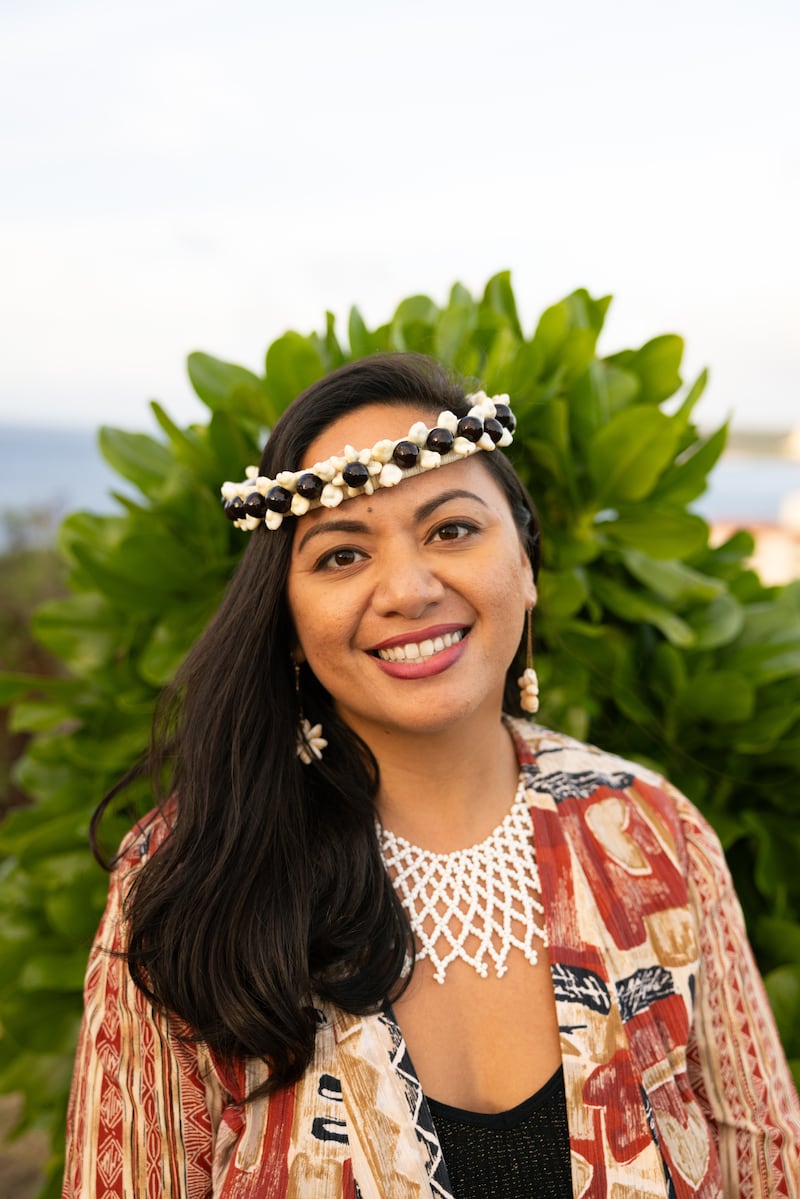
Struggle against colonisation and inter-island competition
Babauta’s people have been in the Marianas for about 4000 years, with a history of over 500 years of colonisation, first by the Spanish, followed by Germany, Japan and now the US.
“The dream is to one day be a place that is free and sovereign,” Babauta said.
The indigenous people of the Marianas were navigators and sea bearers and, before Spanish contact, they were in full trade not only with their sister islands but also other islands in Micronesia.
Babauta said travel used to be easy, accessible and free but now it was common to find indigenous people who had never visited other islands.
Often the islands were made to compete, but Babauta said they were experiencing a shift among locals where there was a desire and interest to work closely, build cohesion, strengthen relationships and heal.
Demilitarisation through environmentalism
Babauta learned about demilitarisation through her work in environmentalism and indigenous representation.
“You can’t do any of the work around environmental activism, climate change, or ocean conservation without talking about the military’s impact,” she said.
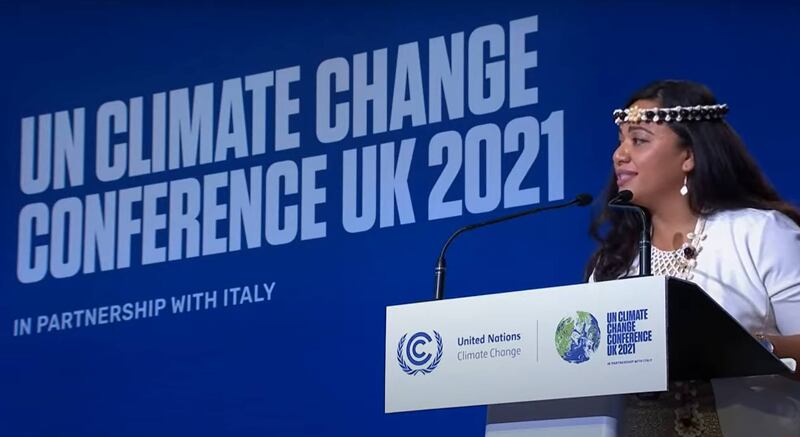
“These days it feels like a lot is out of our control when it comes to major issues that are impacting our community and our environment.”
The environmental concerns with the plans include military testing and training in the ocean, the use of active sonar and explosives, impacts on marine mammals, sea turtles, corals, natural habitats, soil erosion, the introduction of invasive species and hazardous materials, such as plastic pollution.
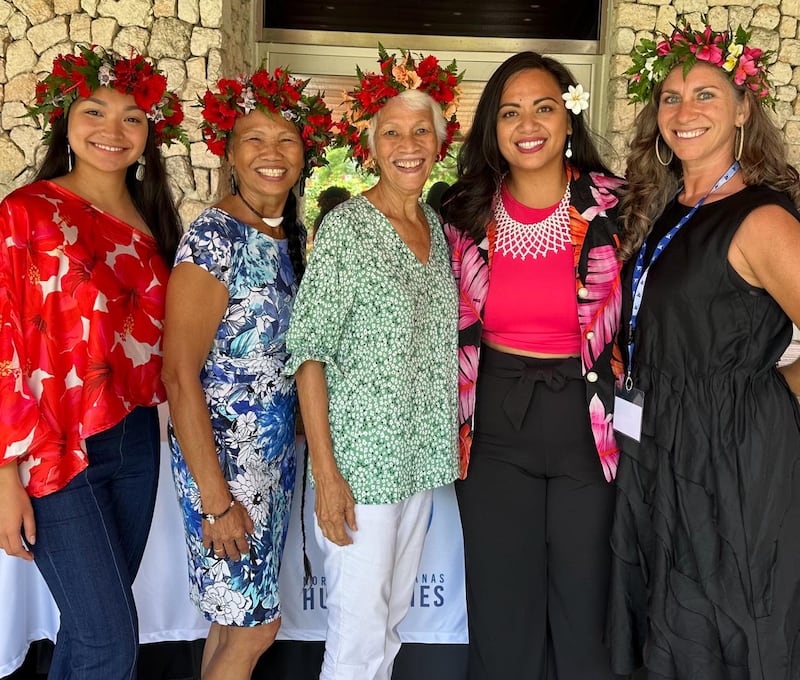
Babauta said demilitarisation wasn’t a new movement as it had been argued for decades. She felt a deep sense of responsibility for her community and the women who came before her.
“This work has been led by many strong indigenous women, and I think that’s something we can be proud of. At the same time, I think it’s an unfair burden to carry.”
US militarisation
Babauta was first introduced to the US military as a child because she has many family members in the US armed forces and army recruiters went into her high school to encourage enlistment.
US Army Junior Reserve Officers’ Training Corps (JROTC programmes) are featured in high schools and middle schools where children are taught to march, perform and be in a military-like environment in preparation for enlistment.
However, she wasn’t completely aware of the military impact on her country until she attended a meeting hosted by the US Navy on its plans to conduct destructive activities and training sessions on Marianas lands and waters.
There were few community members at this meeting but she met activists who stayed on top of the conversations in their free time.
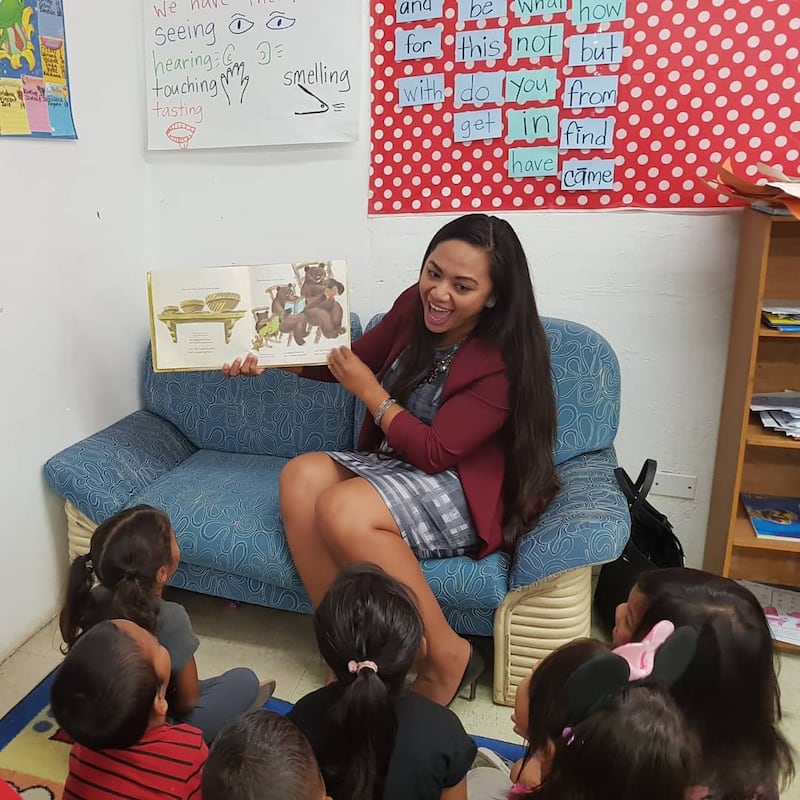
“It’s where I felt the sense of urgency and where I felt our islands, my home, was being threatened by this major institution, and it was very disempowering, especially when there’s so much support for the narrative on national security,” she said.
She said it was a complicated conversation because of their relationship to the US and because the Northern Marianas had one of the highest per capita proportions of enlisted men and women.
The local people had brothers, sisters, cousins who were enlisted and family who had fought and died in US wars. And it was complicated because of the benefits and opportunities the military offered.
National security
One of Babauta’s greatest concerns is the rhetoric on national security when used to justify militarism.
“When we talk about national security, I think it’s important to ask what national security means, and whose national security we’re talking about because climate change is our biggest threat as a Pacific island nation,” she said.
Militarism was justified in the name of national security but Babauta said the military was the greatest threat to that security.
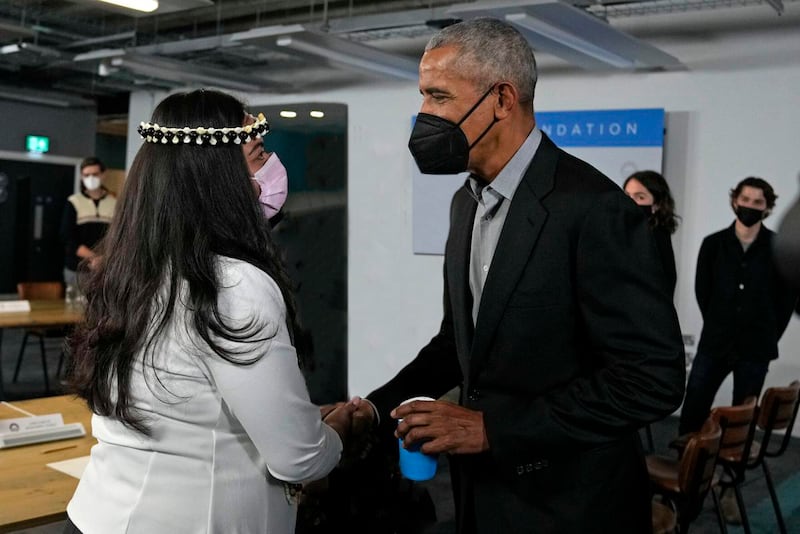
Fukushima wastewater dumping
Babauta said climate change was experienced across the Pacific with rising sea levels, warming oceans, dying coral reefs, overfishing, and she highlighted the Fukushima nuclear wastewater dumping which she said they were extremely concerned about as they were the closest Pacific islands to Japan.
Te Ao Māori News asked Babauta whether it was concerning the Pacific Islands Leaders Forum had come to a consensus to support the Fukushima nuclear wastewater release.
She said, as a US territory, the Northern Marianas didn’t have a seat in that political space. While at the Pacific Island Leaders Forum in Tonga last week, American Samoa and Guam were upgraded from observer to associate membership but the Northern Marianas remained an observer.
“I think it’s also worth discussing that sometimes our government may not accurately reflect the stance of the community, and activists and members of the community,” Babauta said.
The CNMI has a representative democracy of elected officials, where a governor is the head of the government and holds executive power. The legislature (which holds legislative power) for CNMI is similar to the US Congress where there is a lower House of Representatives and an upper house Senate. As a US unincorporated territory, it is overseen by the US federal government. Local government is carried out through four mayors.
Sheila Babauta served in the House of Representatives for four years from 2018. While she was in office, the two houses passed a joint resolution to oppose any government’s action to dump nuclear waste into the ocean. Support for the joint resolution came from representatives and senators throughout the northern Mariana Islands and was supported by community members and activists.
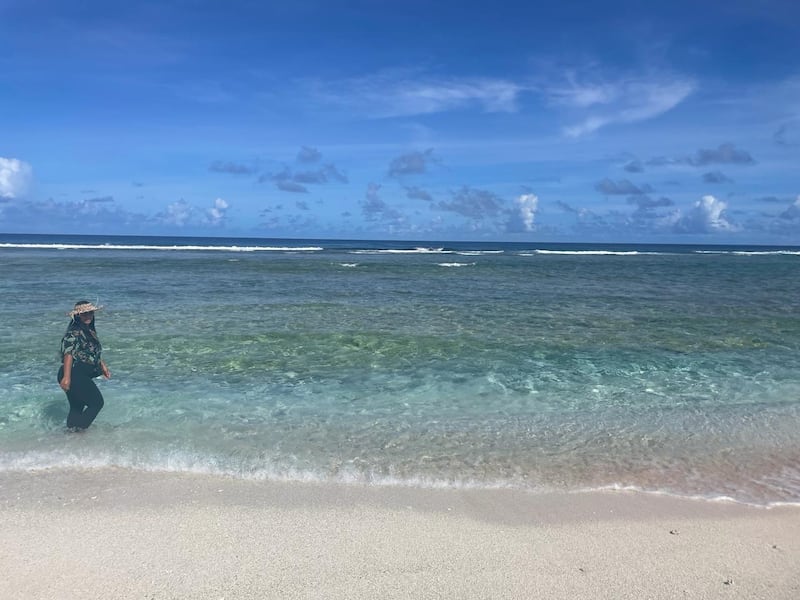
Babauta said it was concerning because the US had endorsed the release at Fukushima and also because of the relationship to Japan, which violently occupied the Marianas in World War II but also because Japan was a tourist market.
“Although we are faced with major threats such as militarisation, nuclearism and extractive tourism, there’s still a very deep love and pride that we all have for our home and a very deep desire to reconnect our roots and restore what’s been lost.”
The dangers of tourism
“Like many Pacific islands, the Northern Mariana Islands have depended on tourism for a very long time as an industry to sustain our government, to sustain our economy, and throughout the years it has developed into an extractive industry that invites visitors from all over the world.”
Babauta said tourism did more harm for the community than good and she was glad ‘sustainable tourism’ had become a buzzword.
Saipan is 22km long and 11km wide, with a population of 50,000, but in 2019 it had 487,008 tourists visit (the airport to travel to the Marianas is in Saipan). Since Covid-19 there has been a huge drop in numbers with 39,300 in 2023.
Babauta recalled the tourist boom in 2017, with 653,150 tourists, when there was no capacity. She said there was no public transport or working public restrooms and overall enforcement agencies weren’t equipped to handle such numbers.
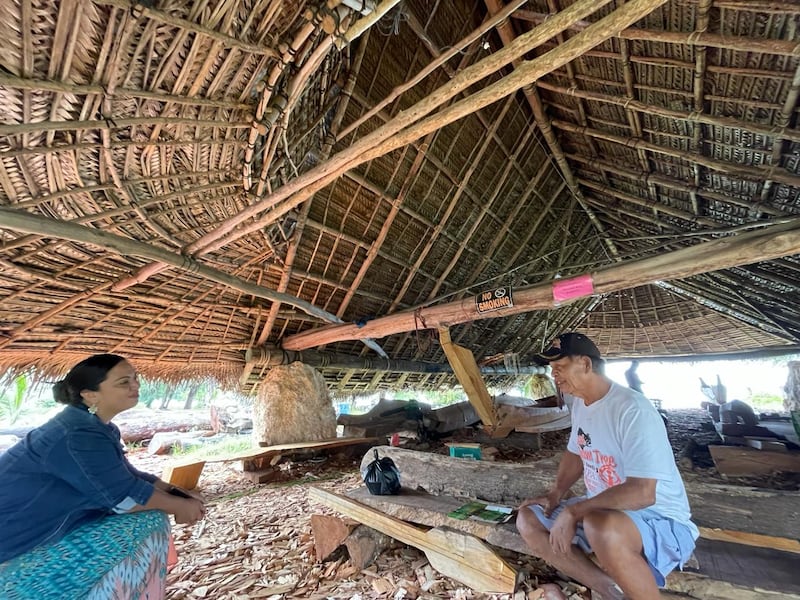
“When tourists come and visit, I think it’s really important we offer the kind of experiences that will share our stories and that will share our culture and not just have a tourist or a visitor to come to the Mariana Islands, take that Instagram photo, play in our waters, threaten the wildlife because of ignorance and then leave.”
She said this was still complicated because, during Covid-19 border closures, they saw how vulnerable they were, being dependent on the tourism industry to sustain their economy. She said it wasn’t a smart position to be in.
The islands as sisters to care for
Babauta said part of the work done in the community was reconnecting and remembering where they came from. And part of this, she said, was the intentional use of the term “sister island”.
When Babauta served the House of Representatives of CNMI she really noticed the use of separative language such as “outer islands”.
“A sister island is the most appropriate term to use because we’re a matrilineal culture ... our history follows the matriarch’s line,” she said.
She said the community understood what responsibility meant as a sister and how people responded to a sister’s struggles and successes.
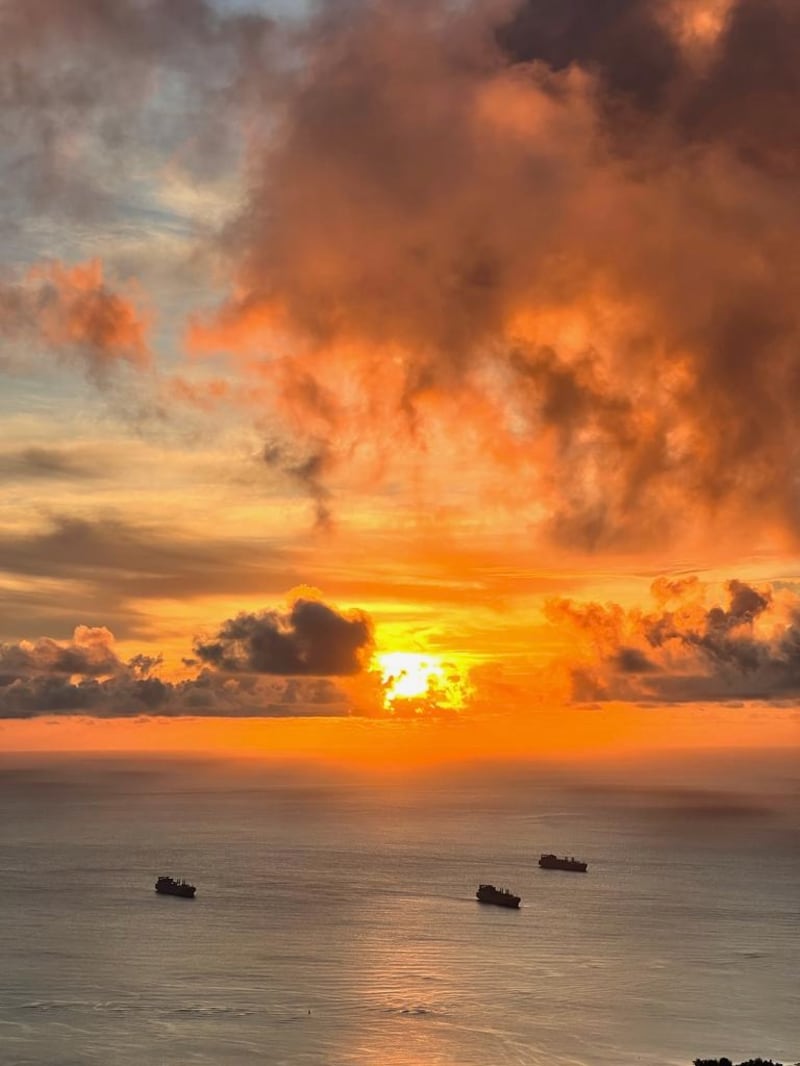
“It’s a place that comes from love, it comes from supporting one another, reconnecting and just remembering that the decisions we make on our own islands will impact the rest of the family.”
Militarisation across the islands
Across the 15 islands in the Marianas a military buildup is happening in various stages, which Babauta said made it difficult to track, and she was concerned about the lack of awareness of the different military plans.
She said on Saipan people might think there was no military buildup and full force in Guam with a base for every branch of the US military and the main aquifer threatened by the proposed live firing range. The 2020 census said there were 21,700 service members and dependents on Guam, the military therefore accounting for 14 per cent of the island’s population.
In December troops will move from Okinawa to Guam, which will impact the entire island chain because it will mean a large group of people moving in and visiting other sister islands.
She said many of the elected officials thought this was a good thing for the community because of the expected economic benefits given the reduction in tourism after Covid-19. However, she said that didn’t consider the impacts on the environment and society.
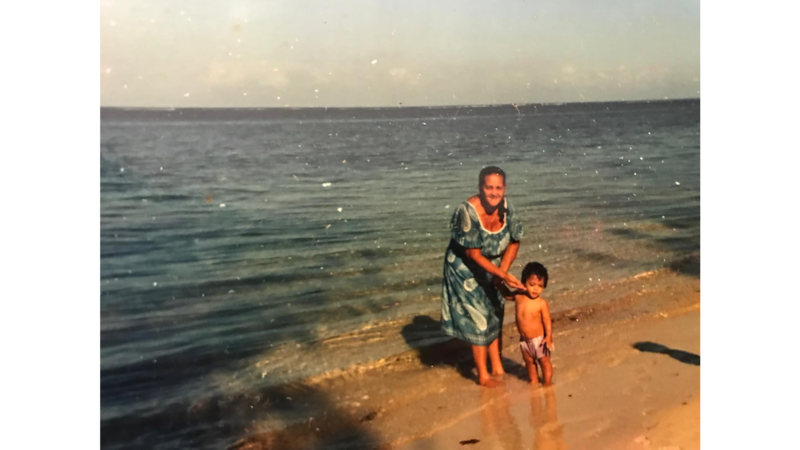
One of the islands in the group, Farallon de Medinilla, is leased out to the US military and is used for bombing and training activitiy. The island has been bombed for almost 50 years and locals are watching for conversations on lease renewal or termination.
“I think it is time for our island to heal. She needs a break, a very long one, and I really do hope that perspective is being shared by our elected leaders today,” she said.
Tinian Island is also experiencing a build-up with an airfield for the US Air Force.
She said it was difficult in Saipan making the connections but “once you zoom out and see the military plans, you see the threat to natural environment, health, the development of society and national security as a whole”.
The five major US Department of Defense plans are as follows:
- Commonwealth Joint Military Training (CJMT) -the 2015 proposal was scaled back after 27,000 comments (including residents of Tinian and Pagan) were submitted as part of the National Environmental Policy Act. It included the use of two-thirds of Tinian for their second-highest level of live-fire training range and the development of infrastructure for exclusive military use, as well as occupying the entire island of Pagan for the highest level of live-fire training. It was decided the military would no longer conduct bombing training activities on Pagan and it has cancelled live-fire training and construction projects on Tinian. But concerns still remain as the Revised Draft Environmental Impact Statement is yet to be released for public review.
- Mariana Islands Range Complex (MIRC) the name of a former US project, which expanded into the MITT, but is also the name for the geographic area containing a complex of military training ranges and live-firing in the sea and airspace on and around the islands of Guam, Rota, Tinian, Saipan and all but the islands furthest to the north.
- Mariana Islands Training and Testing (MITT) - a study area which doubled the area of MIRC including Guam, Rota, Tinian, Saipan, and Farallon de Medinilla. It also stretches north to Pagan and west to the middle of the Philippine Sea. Training and testing includes live-fire training and the use of active sonar and explosives and the area is a “transit corridor” between Marianas and Hawaii. Concerns are the impacts on marine mammals, sea turtles, and their habitats.
- Marines relocation - the creation of a new live-fire training range and hand-grenade range and the movement of 5000 troops from Okinawa to Guam.
- Divert activities and exercises - the establishment of a new airport facility on Tinian to support training activities by US Air Force, US Navy and US Marine Corps in the Marianas and surrounding seas.


